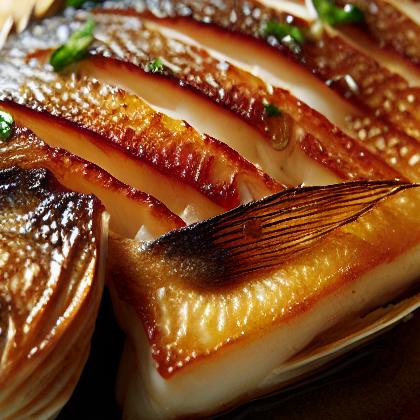Sea Bass

The sea, the world ocean, or simply the ocean, is the connected body of salty water that covers over 70 percent of the Earth's surface. It moderates the Earth's climate and has important roles in the water cycle, carbon cycle, and nitrogen cycle. Although the sea has been travelled and explored since ancient times, the scientific study of the sea—oceanography—dates broadly from the voyages of Captain James Cook who explored the Pacific Ocean between 1768 and 1779. In geography, "sea" is used in the names of smaller, partly landlocked sections of the ocean, for example the Irish Sea, while "ocean" is used in the names of the five largest sections, such as the Pacific Ocean.The most abundant ions in sea water are chloride and sodium. The water also contains magnesium, sulfate, calcium, potassium, and many other components, some in minute concentrations. Salinity varies widely, being lower near the surface and the mouths of large rivers and higher in the depths of the ocean; however the relative proportions of dissolved salts vary little across the oceans. Carbon dioxide from the air is currently being absorbed by the sea in increasing amounts, lowering seawater pH in a process known as ocean acidification, which is likely to damage marine ecosystems in the near future.Winds blowing over the surface of the sea produce waves, which break when they reach shallow water. Winds also create surface currents through friction, setting up slow but stable circulations of water throughout the oceans. The directions of the circulation are governed by factors including the shapes of the continents and the rotation of the earth (the Coriolis effect). Deep-sea currents, known as the global conveyor belt, carry cold water from near the poles to every ocean. Tides, the generally twice-daily rise and fall of sea levels, are caused by the rotation of the Earth and the gravitational effects of the orbiting Moon and, to a lesser extent, the Sun. Tides may have a very high range in bays or estuaries. Destructive tsunamis can be caused by submarine earthquakes arising from tectonic plate movements under the oceans, volcano eruptions, huge landslides, or the impact of large meteorites.A wide variety of life, including viruses, bacteria, protists, algae, plants, fungi and animals, lives in the sea, which offers a wide range of marine habitats and ecosystems, ranging from sunlit surface waters to the enormous depths and pressures of the cold, dark abyssal zone. The sea also varies in latitude from the cold waters beneath the Arctic ice to the colourful diversity of coral reefs in the tropics. Many of the major groups of organisms evolved in the sea and life may have started there.The sea provides people with substantial supplies of food, mainly fish, but also shellfish, mammals and seaweed, whether harvested in the wild or farmed underwater. Overexploitation of these food resources has become a major problem. The sea also serves other purposes, including trade, travel, mineral extraction, power generation, warfare, and leisure activities such as swimming, surfing, sailing and scuba diving. The sea also suffers from marine pollution. The sea has played an important part in culture throughout history, with major appearances in literature at least since Homer's Odyssey, in marine art, in cinema, in theater, and in classical music. Symbolically, the sea appears as monsters such as Scylla in mythology and represents the unconscious mind in dream interpretation.
Sea bass Pairs With:

Sea bass Properties:
| Food Property | Type | Description |
|---|---|---|
| Flavor Profile | Umami | Sea bass has a savory and rich taste due to high levels of glutamate. |
| Texture | Firmness | Sea bass has a firm texture, making it ideal for grilling or pan-searing. |
| Nutritional Value | Macronutrients | Sea bass is a good source of protein, healthy fats, and essential amino acids. |
| Micronutrients | Sea bass is rich in vitamins and minerals such as vitamin D, selenium, and magnesium. | |
| Color | Natural Pigments | Sea bass has a pinkish-white flesh with a slight iridescent sheen. |
| Aroma | Volatile Compounds | Sea bass has a mild, clean aroma with hints of the ocean. |
| Chemical Composition | Acidity/Alkalinity (pH) | Sea bass has a neutral pH level, which helps maintain its freshness and flavor. |
| Cooking Behavior | Heat Conductivity | Sea bass cooks quickly and evenly due to its high heat conductivity. |
| Water Retention | Sea bass retains moisture well during cooking, resulting in a juicy and tender final dish. |
Food Pairing App - Version 1.2.0
